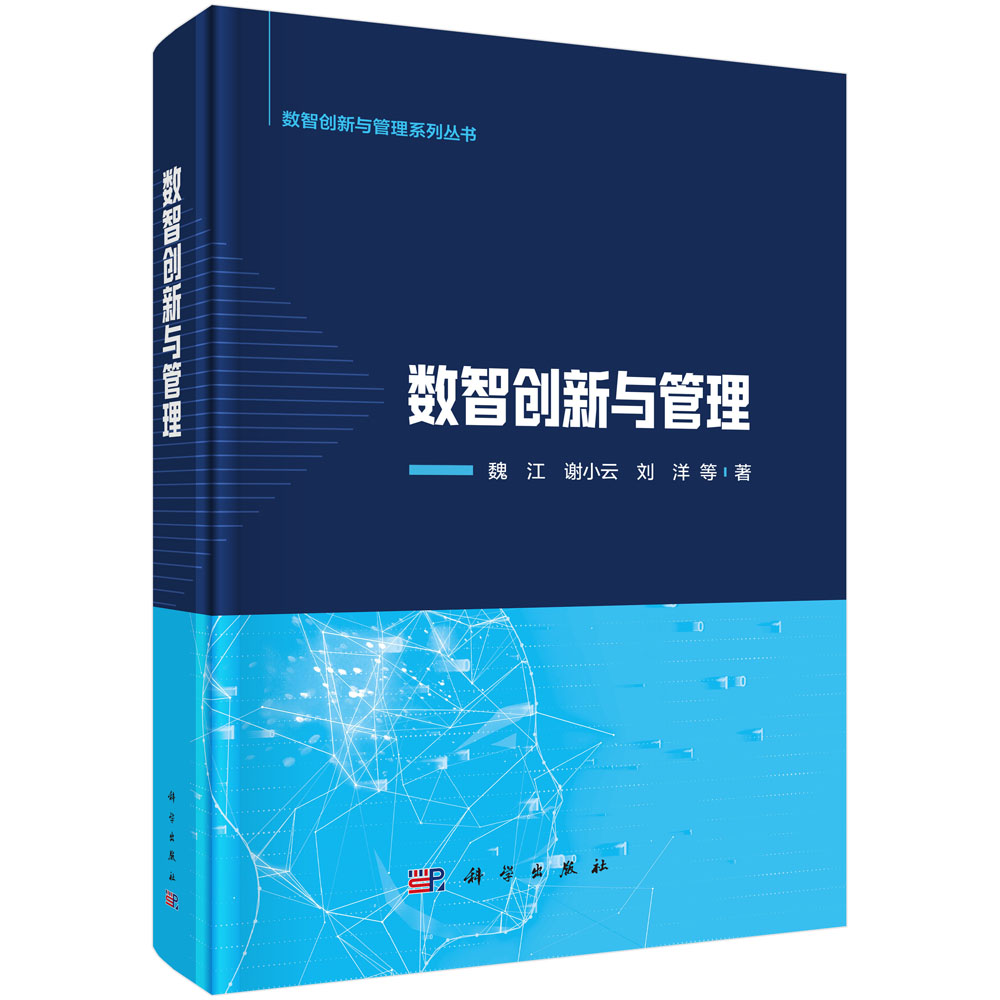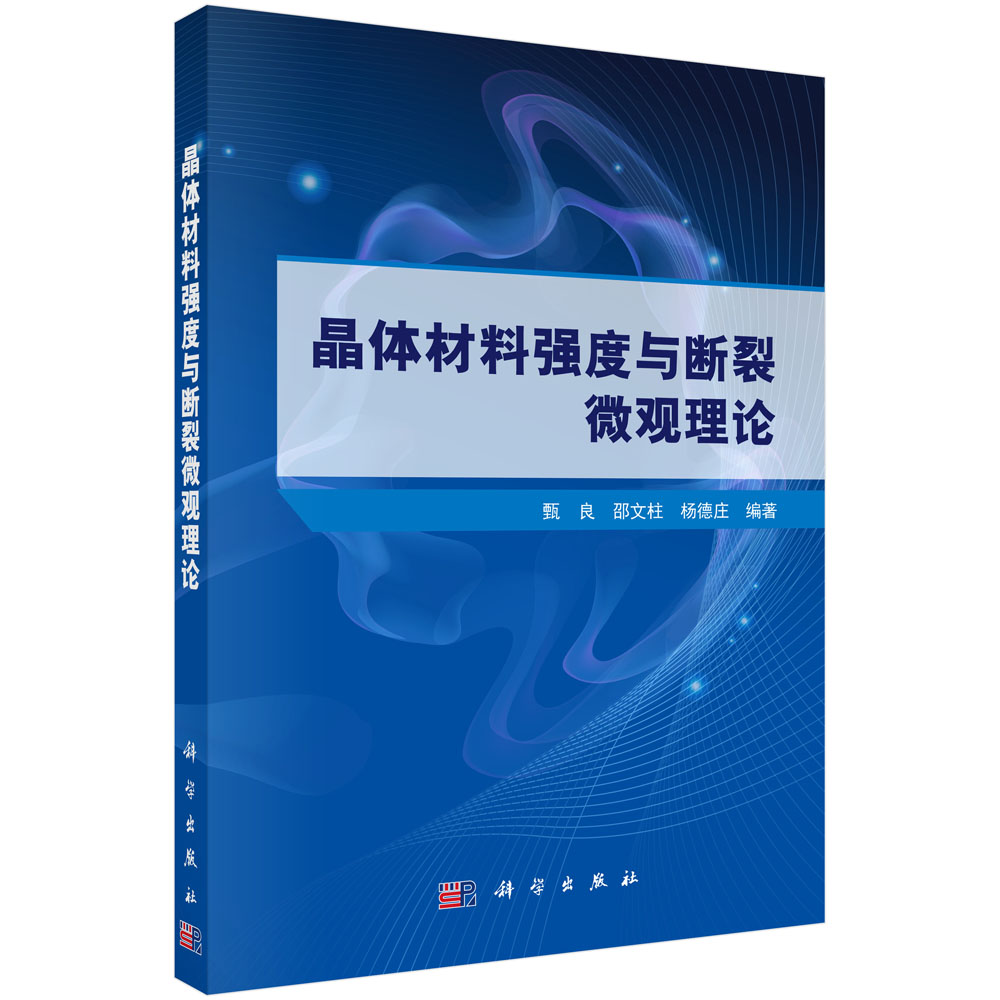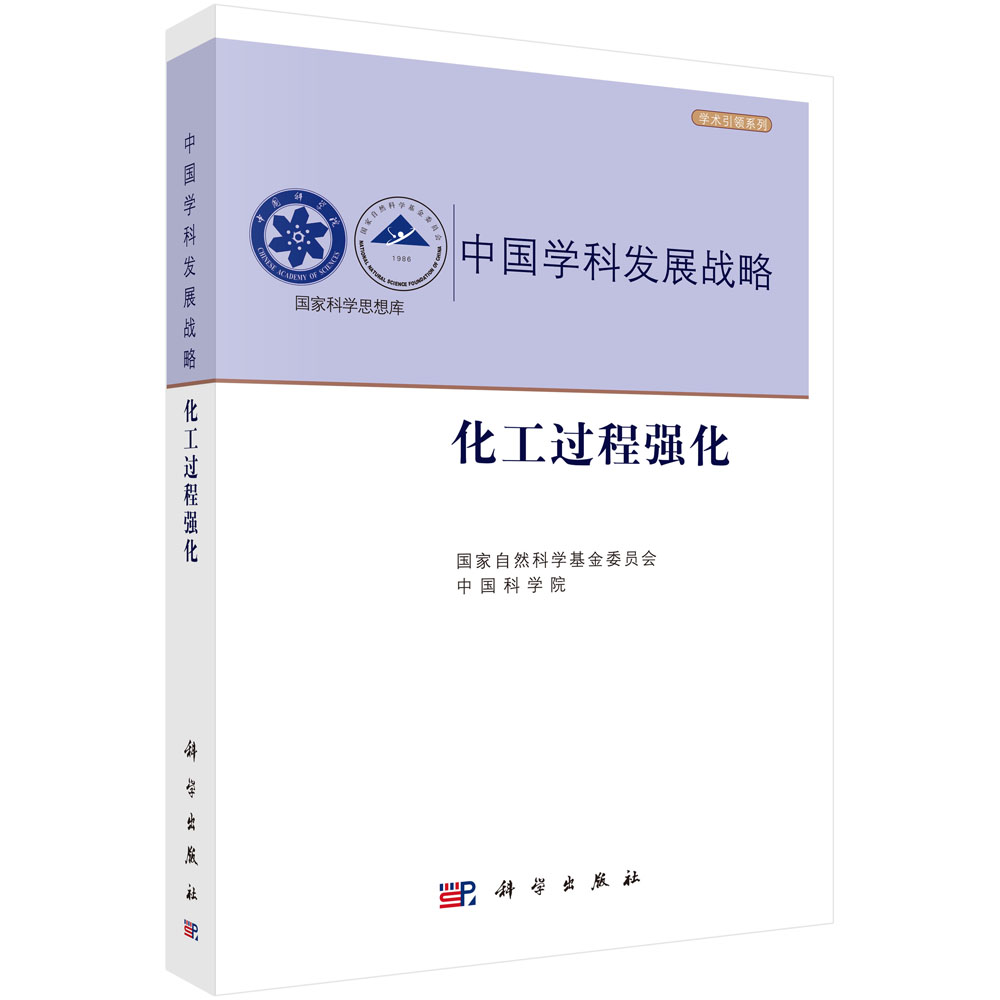当前位置:
本科教材 > 管理学 > 非对称创新战略:中国企业的跨越(理论辑)
中国企业创新全球化经历“创新走出去”、“创新走上去”、“创新走进去”的三步跨越过程,作为参与全球竞争的后来者,中国企业在追赶过程不仅要面临外来者劣势、传统优势的劣势,更要应对来源国劣势的挑战。本书旨在总结创新全球化追赶过程中涌现出来的中国企业解决方案,提出了“非对称创新战略”这一理论框架,基于创新网络全球化、创新能力全球化、创新组织全球化和创新治理全球化四大体系,呈现了中国企业的独特管理智慧。本书是团队历时6年凝练出来的思想集成,希望所提出的理论框架能指导更多企业优化全球化创新网络布局,探索适合企业各自特点的技术追赶战略。本书不仅能为理论研究者持续探究中国企业创新全球化提供系统架构,更希望能为我国企业跨国发展实践提供指导。
样章试读
目录
- 目录
第一篇 总论:中国企业的创新跨越
第1章 非对称创新战略提出 3
1.1 中国企业创新全球化发展的历程 3
1.1.1 中国企业创新全球化的“三步跨越” 3
1.1.2 创新全球化足迹背后的内在逻辑 4
1.2 非对称创新战略的架构 5
1.2.1 非对称创新战略情境特征 5
1.2.2 非对称创新战略理论观点 7
1.3 本专著内容系统的设计 9
1.3.1 网络形态——全球创新网络布局 11
1.3.2 能力结构——创新能力赶超路径 11
1.3.3 组织演化——创新组织模式变迁 12
1.3.4 治理方式——创新治理战略机制 12
参考文献 13
第二篇 创新网络全球化
第2章 创新网络全球化全景图 17
2.1 创新网络全球化内涵与形式 17
2.2 创新网络全球化动因与演化路径 20
2.2.1 创新网络全球化动因 20
2.2.2 创新网络全球化后果 22
2.2.3 创新网络全球化演化 23
2.3 创新网络全球化的理论框架 25
第3章 创新网络全球化边界拓展 28
3.1 边界拓展与后发企业创新追赶 29
3.1.1 后发企业创新追赶 29
3.1.2 创新网络边界拓展 30
3.2 研究方法与设计 31
3.3 创新网络边界拓展与治理机制 33
3.3.1 创新网络三维边界拓展 33
3.3.2 正式与非正式治理机制 35
3.4 边界拓展视角的创新网络全球化 37
第4章 创新网络组织关系嵌入 39
4.1 关系节点嵌入下的创新网络组织构成 40
4.1.1 创新网络节点关系嵌入 40
4.1.2 企业资源整合的动态性 42
4.2 研究方法与设计 43
4.3 创新网络组织构成的演化 45
4.3.1 初创期 46
4.3.2 成长期 47
4.3.3 转型升级期 48
4.3.4 全过程图景 50
4.4 边界拓展视角的创新网络分布 51
第5章 创新网络地理分布 54
5.1 创新网络地理分散性与创新能力提升 55
5.1.1 研发分散化与创新能力 55
5.1.2 制度发展水平调节作用 57
5.1.3 技术多样性的调节作用 58
5.2 研究方法与设计 58
5.3 结果分析 60
5.3.1 基础分析 60
5.3.2 回归结果 61
5.4 地理边界拓展视角的创新网络分布 63
第6章 创新网络知识搜索 65
6.1 知识搜索与产品创新 66
6.1.1 本地与非本地知识搜索 66
6.1.2 知识搜索深度和广度 66
6.1.3 行业动态性调节效应 69
6.2 研究方法 70
6.3 回归结果 73
6.4 知识边界拓展视角的创新网络分布 75
参考文献 78
第三篇 创新能力全球化
第7章 创新能力追赶全景图 91
7.1 研究方法与设计 91
7.2 创新能力追赶理论综述 92
7.2.1 发文趋势分析 92
7.2.2 引用分析结果 96
7.2.3 共词分析结果 97
7.3 转型经济背景下的创新追赶 98
7.3.1 创新能力追赶文献总结 98
7.3.2 转型经济背景的影响 99
第8章 制度型市场与创新能力追赶 102
8.1 研究方法与设计 103
8.2 制度型市场对创新能力追赶的影响 105
8.2.1 制度型市场内涵与结构 107
8.2.2 交互驱动效应 110
8.2.3 组织学习模式的匹配 112
8.3 制度型市场对创新能力追赶的意义 116
第9章 所有权异质性与创新能力追赶 119
9.1 所有权异质性对创新能力追赶的影响 120
9.1.1 Kim模型 120
9.1.2 不同技术活动的可见度 121
9.1.3 可见度对中国企业的意义 123
9.1.4 能力逻辑下技术活动演化轨迹 124
9.1.5 假设发展 124
9.2 大样本检验 126
9.2.1 研究方法与设计 126
9.2.2 实证结果 128
9.3 所有权异质性机制的质性证据 131
9.4 国有企业与民营企业互补角色 134
第10章 创新网络边界拓展与创新能力追赶 137
10.1 创新网络组织边界与创新能力 138
10.1.1 后发企业创新能力追赶 138
10.1.2 创新网络组织边界作用 139
10.1.3 吸收能力权变效应分析 140
10.2 研究方法与设计 141
10.3 边界拓展与创新能力追赶关系解析 142
10.4 创新网络组织边界视角下创新追赶 144
第11章 无边界创新生态下创新能力重构 146
11.1 企业创新能力结构演化 147
11.1.1 封闭情境下的创新能力结构 147
11.1.2 跨界情境下的创新能力结构 147
11.2 无边界创新生态下企业创新能力重构 149
11.2.1 无边界创新的内涵与特征 149
11.2.2 无边界创新生态下能力结构提出 150
11.3 能力结构重构多案例检验 152
11.4 无边界创新生态研究展望 155
参考文献 156
第四篇 创新组织全球化
第12章 制度合法性与海外子公司组织设计 167
12.1 制度同构与同构焦点 168
12.2 海外子公司的内外部合法性 168
12.3 后发跨国企业的国际化与合法性挑战 169
12.4 研究方法与设计 170
12.5 合法性与海外子公司组织设计 173
12.5.1 制度环境的选择 173
12.5.2 同构焦点的驱动力 177
12.5.3 合法性搜寻的战略因素 181
12.6 海外子公司的同构模式设计 183
第13章 跨边界研发网络架构设计规则 187
13.1 镜像假设:技术架构和组织架构的匹配关系 188
13.2 研究方法与设计 189
13.2.1 方法和案例选择 189
13.2.2 数据收集与分析 189
13.3 后发企业研发系统架构构建过程 190
13.3.1 东华与盾安的研发系统架构过程 190
13.3.2 大华与海康的研发系统架构过程 193
13.3.3 结论讨论 196
13.4 后发企业研发系统架构的设计规则 198
第14章 模块化、组织身份认同与跨边界研发网络架构 201
14.1 研究方法与设计 201
14.2 跨边界研发网络模块化架构设计 203
14.2.1 跨边界研发网络架构的特征 203
14.2.2 跨边界研发网络架构障碍的管理 204
14.2.3 组织模块化与技术模块化协同范式 207
14.2.4 组织身份差异的管理响应机制 210
14.3 跨边界研发网络架构二元性 211
14.3.1 直接启示:跨边界研发网络架构的协同运作机制 211
14.3.2 引申启示:跨边界研发网络架构设计规则二元性 213
参考文献 214
第五篇 创新治理全球化
第15章 海外研发机构进入模式选择 221
15.1 研发国际化及其动机 221
15.2 跨国公司进入模式选择 222
15.3 研发国际化内外合法性 223
15.4 研究方法与设计 224
15.5 内外合法性平衡与全球研发进入模式 227
15.5.1 研发国际化动机与海外机构的定位 227
15.5.2 内外部合法性需求与进入模式选择 229
15.6 动机、合法性需求与进入模式选择 234
第16章 海外子公司合法性战略选择 238
16.1 来源国劣势与合法性战略 239
16.2 来源国劣势、合法性战略与组织间耦合 240
16.3 研究方法与设计 241
16.4 后发跨国企业合法性战略选择与结构模式 244
16.4.1 合法性战略选择 244
16.4.2 结构模式的安排 250
16.5 合法性战略与结构模式耦合机制 253
第17章 组织身份认同与全球研发系统架构 258
17.1 组织身份认同差距与系统架构设计 258
17.2 研究方法与设计 260
17.2.1 方法选择:fsQCA 260
17.2.2 样本选择 261
17.2.3 构念编码依据 267
17.2.4 数据收集与处理 272
17.3 组织身份认同视角下的全球研发系统设计 275
17.4 讨论与结论 280
第18章 区域制度认同与全球研发系统架构 282
18.1 区域制度认同 283
18.2 区域制度认同差距与系统结构设计 283
18.3 研究方法与设计 285
18.4 区域身份认同与全球研发系统设计 287
18.5 讨论与结论 289
参考文献 291
Contents
I INNOVATION GLOBALIZATION OF CHINESE ENTERPRISES
Chapter 1 Asymmetric Innovation Strategy 3
1.1 The Journey of Chinese Firms’Globalization of Innovation 3
1.2 Theoretical Framework for Asymmetric Innovation Strategy 5
1.3 The Content Architecture for this Volume 9
Reference 13
II THE GLOBALIZATION OF INNOVATION NETWORK
Chapter 2 An Overview of Research on Globalization of Innovation Network 17
2.1 Connotation and Forms of Innovation Network Globalization 17
2.2 Drivers and Paths of Innovation Network Globalization 20
2.3 Theoretical Framework for Innovation Network Globalization 25
Chapter 3 Boundary Spanning of Globalization of Innovation Network 28
3.1 Boundary Spanning and Innovation Catch-up 29
3.2 Methodology and Research Design 31
3.3 Boundary Spanning and Governance Mechanisms 33
Chapter 4 Guanxi Embeddedness of Globalization of Innovation Network 39
4.1 Guanxi Embededness Persepctive of Network Organization 40
4.2 Methodology and Research Design 43
4.3 The Evolution of Innovation Network Organization Structure 45
4.4 Distribution of Innovation Network of Knowledge Boundary Spanning Perspective 51
Chapter 5 Geographical Distribution of Globalization of Innovation Network 54
5.1 Geographical Distribution of Innovation Network and Capability Building 55
5.2 Research Design and Methods 58
5.3 Results 60
5.4 Global Innovation Network Distribution of Geographical Boundary Spanning Perspective 63
Chapter 6 Knowledge Search in Innovation Network 65
6.1 Knowledge Search and Product Innovation 66
6.2 Methodology and Research Design 70
6.3 Results 73
6.4 Distribution of Innovation Network of Knowledge Boundary Spanning Perspective 75
Reference 78
III THE GLOBALIZATION OF INNOVATION CAPABILITY
Chapter 7 An Overview of Research on Globalization of Innovation Capacity 91
7.1 Research Design and Methods 91
7.2 Literature Review on Innovation Capability Catch-up 92
7.3 Innovation Capability Catch-up in Transitional Economies 98
Chapter 8 Institutional Market and Innovation Capability Catch-up 102
8.1 Methodology and Research Design 103
8.2 The Influence of Institutional Market on Innovation Capability Catch-up 105
8.3 The Value of Institutional Market on Innovation Capability Catch-up 116
Chapter 9 Ownership Heterogeneity and Innovation Capability Catch-up 119
9.1 The Influence of Ownership Heterogeneity on Innovation Capability Catch-up 120
9.2 Evidence from Large-scale Empirical Study 126
9.3 Evidence from Case Studies 131
9.4 The Complementary Roles of SOEs and POEs 134
Chapter 10 Organizational Boundary Spanning and Innovation Capability Catch-up 137
10.1 Innovation Network Boundary and Innovation Capability 138
10.2 Methodology and Research Design 141
10.3 Analysis of Organizational Boundary Spanning and Innovation Capability Catch-up 142
10.4 Catch-up Innovation Network Perspective 144
Chapter 11 Borderless Innovation Capability Catch-up Reconstruction 146
11.1 The Evolution of Innovation Capability Structure 147
11.2 Enterprises’Borderless Innovation Capability Reconstruction 149
11.3 Evidence from Multiple Case Studies 152
11.4 Future Research from Borderless Perspective 155
Reference 156
IV THE GLOBALIZATION OF INNOVATION ORGANIZATION
Chapter 12 Institutional Isomorphism and Organizational Design of MNEs’Foreign Subsidiaries 167
12.1 Institutional Isomorphism and Locus of Isomorphism 168
12.2 Internal and External Legitimacy of Foreign Subsidiaries 168
12.3 EMNEs’Internationalization and Legitimacy Challenges 169
12.4 Methodology and Research Design 170
12.5 Legitimacy and Foreign Subsidiaries’Organizational Design 173
12.6 Isomorphism Patterns of EMNEs’Foreign Subsidiaries 183
Chapter 13 Design Rules of Cross-Boundary R&D Architecture 187
13.1 Mirror Hypothesis: The Mapping between Technological and Organizational Architectures 188
13.2 Methodology and Research Design 189
13.3 EMNEs’R&D Architecture Building Process 190
13.4 Design Rules of EMNEs’R&D Architecture 198
Chapter 14 Modularity, Identification and Cross-Boundary R&D Architecture 201
14.1 Methodology and Research Design 201
14.2 The Modular Architecture Design of Cross-Boundary R&D 203
14.3 The Duality of Cross-Boundary R&D Architecture 211
Reference 214
V THE GLOBALIZATION OF INNOVATION GOVERNANCE
Chapter 15 Entry Mode Choice of EMNEs’Foreign Subsidiaries 221
15.1 R&D Internationalization and Its Motivations 221
15.2 EMNEs’Entry Mode Choice 222
15.3 Internal and External Legitimacy During R&D Internationalization 223
15.4 Methodology and Research Design 224
15.5 The Balance of Internal and External Legitimacy and Entry Mode Choice 227
15.6 Motivations, Legitimacy Seeking and Entry Mode Choice 234
Chapter 16 Legitimacy Strategy Choice of EMNEs’Foreign Subsidiaries 238
16.1 Liability of Origin and Legitimacy Strategy 239
16.2 Liability of Origin, Legitimacy Strategy and Organizational Coupling 240
16.3 Methodology and Research Design 241
16.4 EMNEs’Legitimacy Strategy and Structural Modes 244
16.5 EMNEs’Legitimacy Strategy and Structural Coupling Mechanisms 253
Chapter 17 Organizational Identification Gap and Architecture Design 258
17.1 Organizational Identification Gap and Architecture Design 258
17.2 Methodology and Research Design 260
17.3 Global R&D Architecture Design in the Perspective of Organizational Identification 275
17.4 Discussions and Conclusions 280
Chapter 18 Regional Institution Identification and Global R&D Architecture Design 282
18.1 Regional Institution Identification 283
18.2 Regional Institution Identification Gap and Architecture Design 283
18.3 Methodology and Research Design 285
18.4 Regional Institution Identification and Global R&D Architecture Design 287
18.5 Discussions and Conclusions 289
Reference 291





















